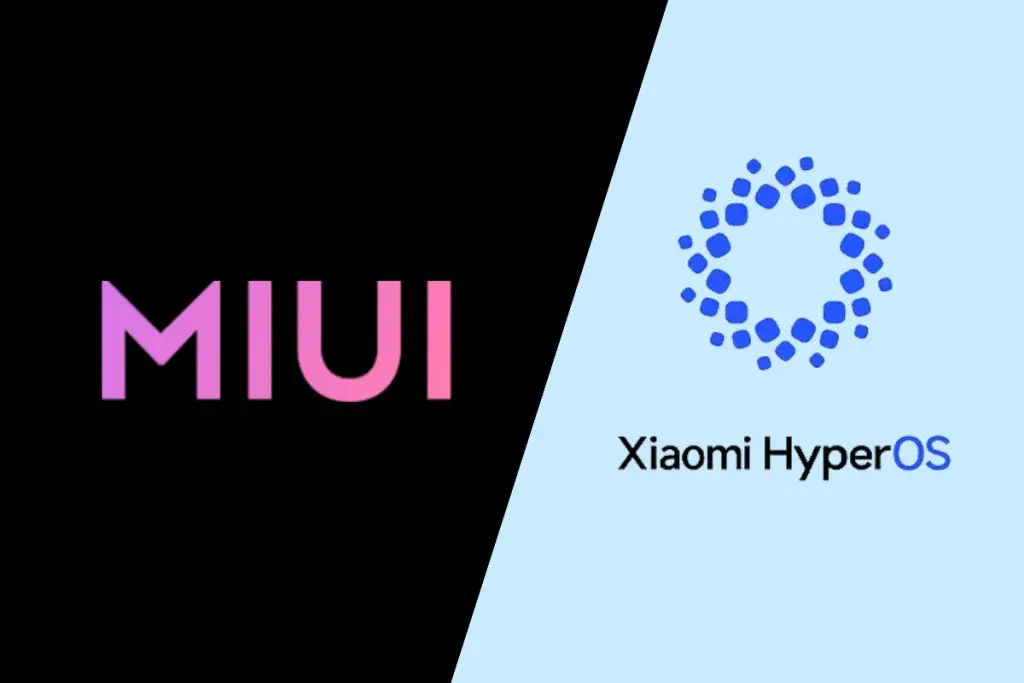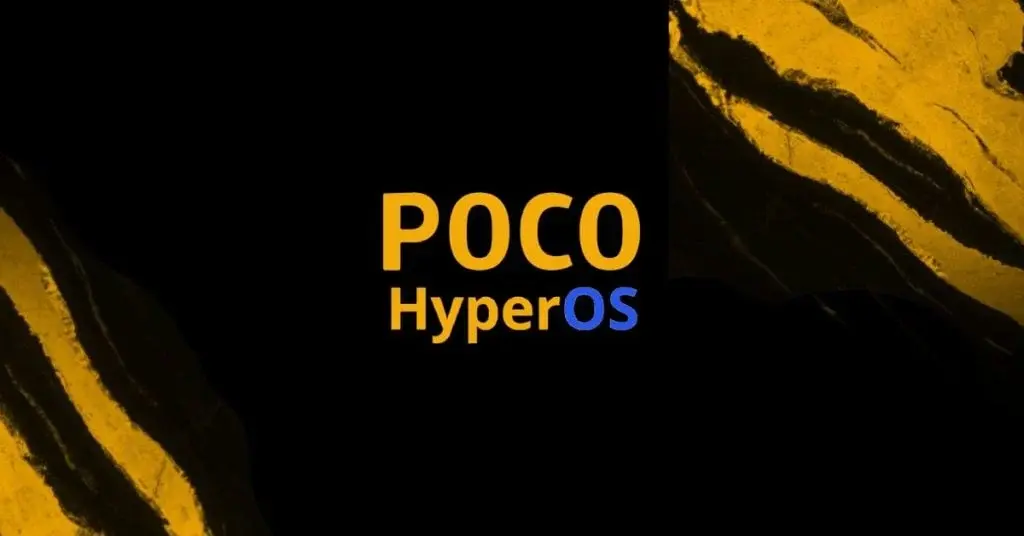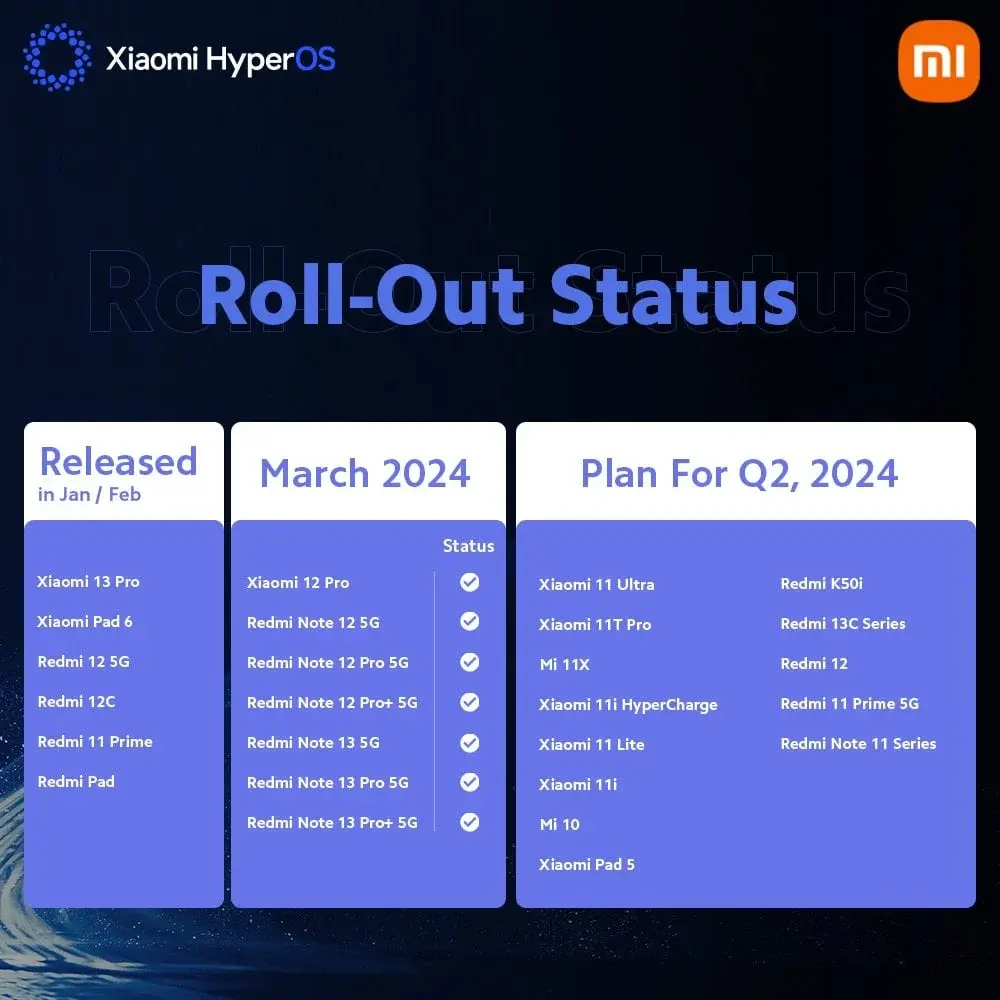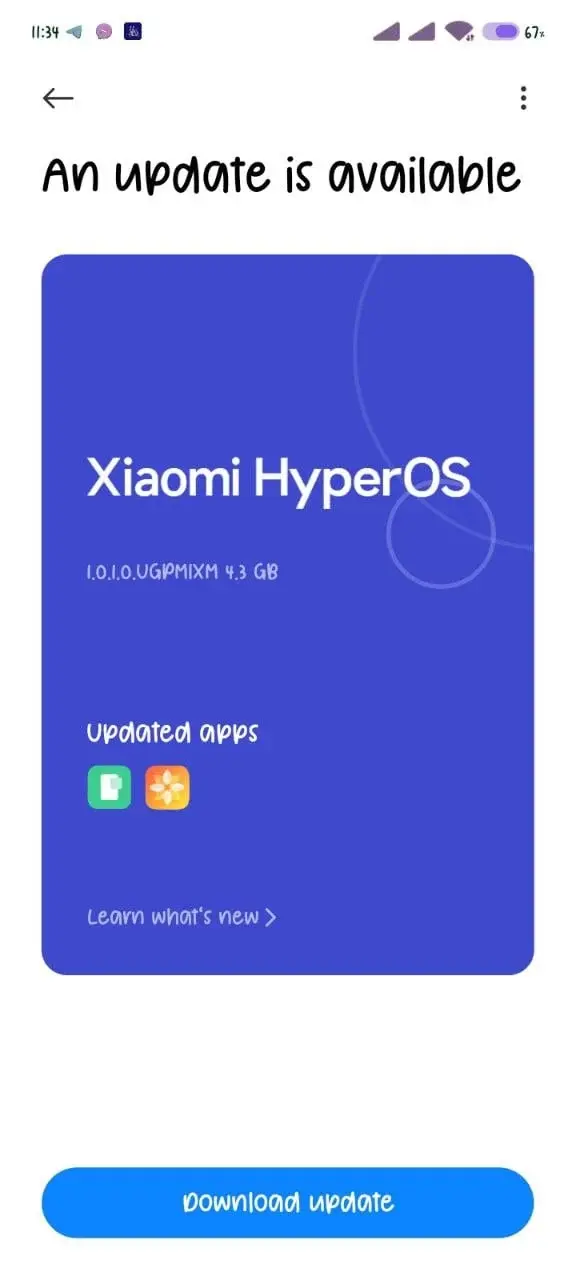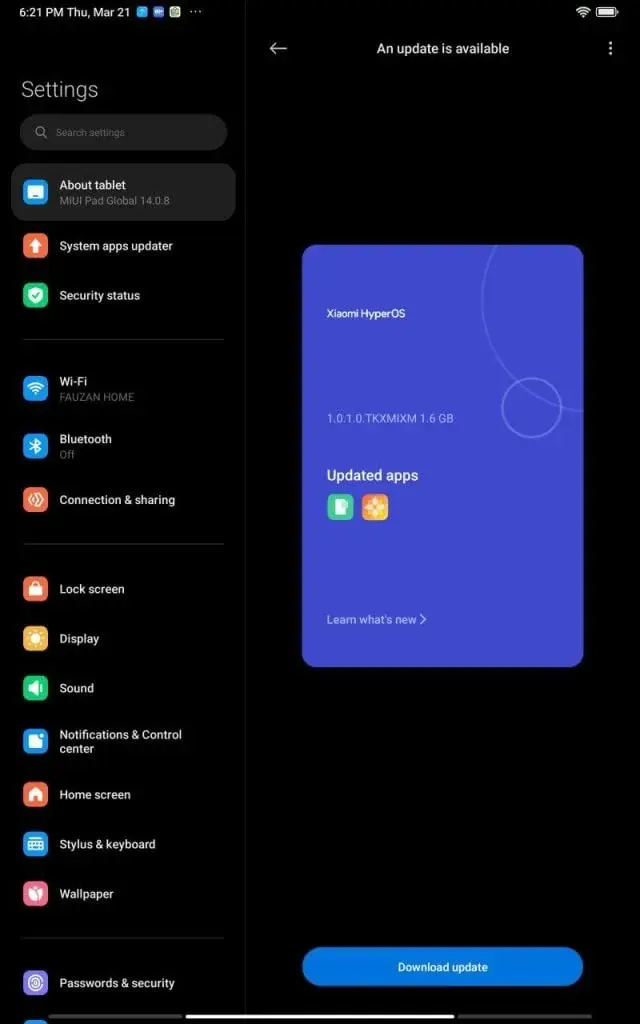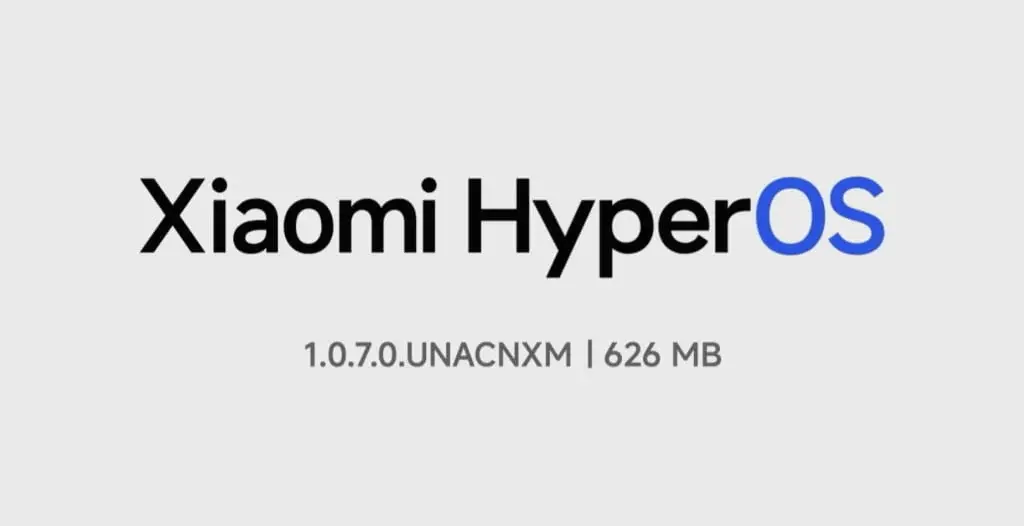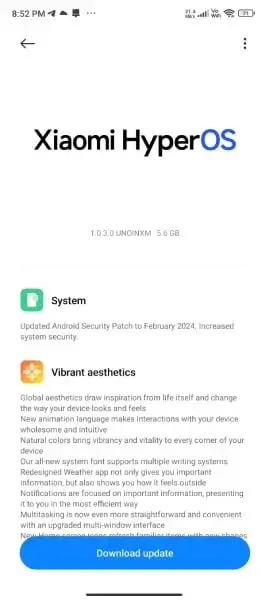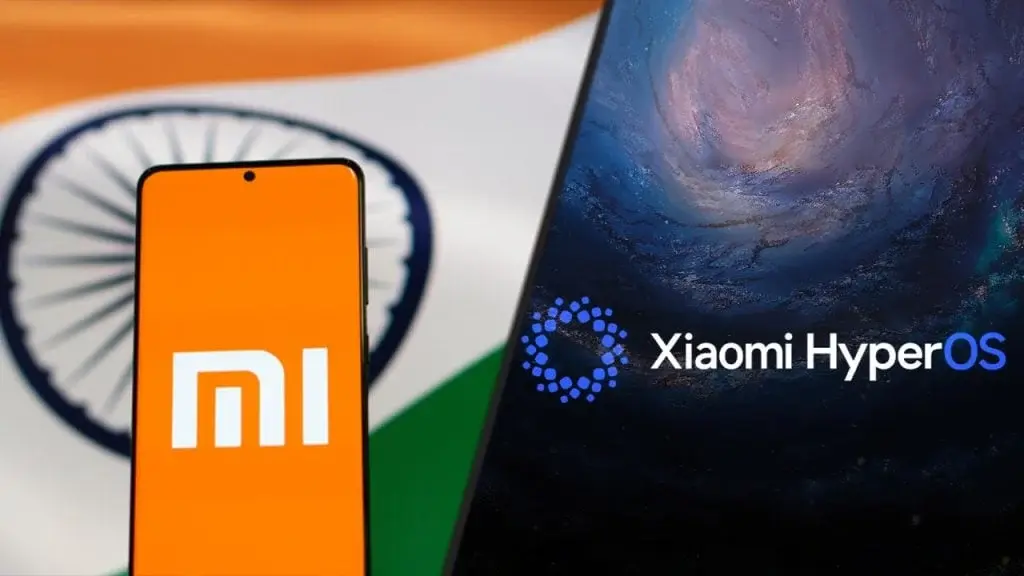Xiaomi’s MIUI, a well-loved Android skin, is gradually making way for HyperOS, the company’s latest custom skin. How does HyperOS stack up against MIUI in terms of performance and features? This comparison aims to shed light on the differences between the two Android skins to help users decide if upgrading to the new OS is worthwhile.
HyperOS: An Overview
HyperOS isn’t merely a flashy term coined by Xiaomi to replace MIUI; it has been in development since 2017, featuring significant core system modifications. Essentially, HyperOS is a new operating system from Xiaomi that builds upon Android, similar to MIUI, while incorporating elements of Linux. The latest OS incorporates Xiaomi’s Vela system for deeper system-level enhancements.
HyperOS vs MIUI: A Comparison
While Xiaomi has tweaked the core system in HyperOS, it doesn’t introduce groundbreaking features unseen on smartphones. Some changes in HyperOS draw inspiration from iOS, a move not uncommon in the tech industry. Despite this, there are intriguing aspects to explore within HyperOS.
Subtle Design Changes
When transitioning to HyperOS, users may initially struggle to distinguish between MIUI and HyperOS due to their nearly identical icons and layouts. However, upon closer inspection, differences become apparent. HyperOS features slightly subdued app icons compared to MIUI, with minor adjustments like icon placements and menu restructuring for a cleaner look.

Enhanced Control Center
HyperOS introduces significant changes to the Control Center, removing icon labels to achieve a minimalist appearance. While this design choice may confuse some users initially, the larger icons and streamlined layout enhance usability. Additionally, a music player widget has been integrated into the Control Center for added functionality.
Revamped Lock Screens
One standout feature of HyperOS is the introduction of new lock screen designs, dubbed "Artistic Lock Screens." These customizable lock screens offer various styles like Classic, Rhombus, and Magazine, providing users with personalized options for an enhanced unlocking experience.
Bloatware Elimination
HyperOS addresses the long-standing issue of bloatware on Xiaomi devices by allowing users to easily remove unwanted apps. This not only frees up storage space but also improves system performance by reducing resource usage.
Lightweight OS and Battery Improvements
HyperOS boasts a smaller storage footprint compared to MIUI, offering users more space for multimedia content. Moreover, Xiaomi has optimized the core system of HyperOS to deliver improved battery life, with users likely to notice an additional hour of screen time.
Conclusion
HyperOS surpasses MIUI in various aspects, offering users unique features such as innovative lock screens, a refined control center, and enhanced system performance. If your device is eligible for the HyperOS upgrade, consider installing the update to explore its new functionalities. Keep in mind that as a new OS, HyperOS may have minor bugs, so stay updated for optimal performance.
Before you leave, remember to report any encountered bugs to Xiaomi and regularly update your device to ensure a smooth user experience.

